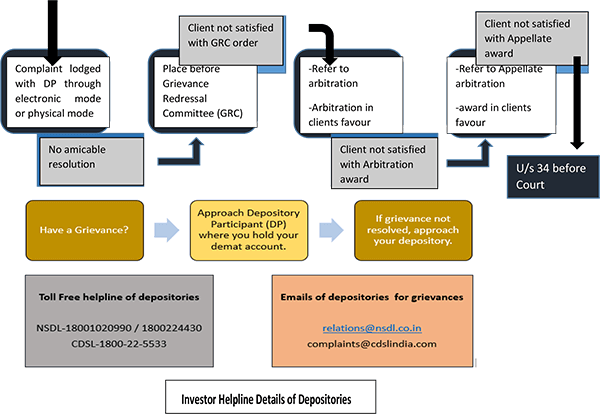Introduction
Trading is the act of buying and selling securities like stocks, commodities, or currencies, to make money during brief market fluctuations. In contrast to investing, which usually means retaining assets for a longer amount of time, traders carry out transactions over shorter periods, which can vary from minutes to days.
Buying and selling financial instruments within the same trading day is known as intraday trading or day trading. It’s a fast practice. It’s similar to surfing the waves of the stock market and trying to profit from transient price changes. Intraday trading attracts both seasoned pros and enthusiastic beginners due to its heart-pounding nature and the possibility for rapid rewards.
However, it should be noted that if one does not have a thorough understanding of intraday trading, they risk a financial downturn before they can even utter “bull market.” To prosper in this ever-changing landscape, traders need to arm themselves with insights, tactics, and an acute understanding of market dynamics. So fasten your seatbelts and get ready for an exhilarating journey into the intraday trading realm!
Understanding Intraday Trading
The idea of intraday trading is to take advantage of short-term price swings by purchasing low and selling high during the same trading day. In contrast to long-term investors, who purchase and keep assets for a considerable amount of time, intraday traders aim to profit from volatility by taking advantage of both upward and downward market fluctuations.
The ability to quickly adapt to changing market circumstances, discipline, and skills are all necessary for being a proficient intraday trader. The following tactics will assist you in navigating the fast-paced world of day trading:
Strategies For Success
- Trend Following
Traders that use this approach find the market’s current trends and adjust their trades accordingly. Riding the momentum for maximum gains, they purchase when the market is heading upward and sell short when it is trending lower. - Breakout Trading
When the price of an asset breaks through an important level of support or resistance, breakout traders take immediate action. They enter trades to ride the wave and expect momentum toward the breakout to continue. - Range Trading
Profiting from price fluctuations that fall into a predetermined range is known as range trading. They take advantage of recurring price trends by buying close to the bottom and selling close to the top of the range. - Scalping
Taking advantage of minute market changes, this approach involves executing several little trades throughout the day. Scalpers take advantage of tiny price differences by concentrating on high-liquidity stocks or currency combinations.
Mastering Risk Management
Even while the temptation of quick returns could be alluring, there are risks associated with intraday trading. In the absence of appropriate risk management tactics, traders run the risk of losing all of their money in a single day. The following advice can be used to reduce risks:
Establish stop-loss orders to restrict possible losses on every transaction.
Refrain from overly leveraging your holdings as this can increase your profits and losses.
Spread the risk of your trading over a variety of assets by diversifying your holdings.
Never risk money you can’t afford to lose by trading.
Is intraday trading suitable for beginners?
For beginners entering the finance industry, intraday trading can be a challenging task due to its fast-paced nature and need for prompt decision-making. The likelihood of huge losses is equal to the potential for huge returns, so inexperienced traders must approach this venture cautiously and preparedly.
A thorough understanding of market dynamics, including technical analysis, chart patterns, and market sentiment, is necessary for intraday trading. Deciphering these complexities might be intimidating for newbies with little expertise, which could result in rash decisions based on inaccurate information.
Beginners are advised, in light of these difficulties, to proceed cautiously when entering the fast-paced world of intraday trading and to concentrate on laying a solid foundation of knowledge and skills beforehand.
What are the best times to trade intraday?
Depending on one’s trading preferences, style, and level of risk tolerance, there are different optimal times to trade intraday. When scheduling their trading operations, traders should consider variables including market circumstances, economic events, and personal schedules, even though the opening and closing bells offer more activity and potential opportunities. In the quick-paced world of intraday trading, traders can increase their chances of success by continuing to be alert and flexible.
Conclusion
Although intraday trading may result in significant profits in a single trading day, it is not recommended for those with weak guts. This is a high-stakes game where talent, discipline, and risk management are all necessary for success.
Traders can confidently negotiate the intraday maze by comprehending market dynamics, utilizing practical techniques, and maintaining emotional self-control. So arm yourself with information, fasten your seatbelt, and get ready to handle the turbulence of intraday trading like an expert!
Additionally, for those seeking guidance and support in their trading journey, approaching Gainn Fintech can provide valuable resources and assistance. With Gainn Fintech’s support, traders can gain confidence and clarity in their trading decisions, paving the way for success in the dynamic world of finance.




